China to List Propylene Futures and Options for Trading
The China Securities Regulatory Commission has approved the registration of propylene futures and options on the Zhengzhou Commodity Exchange, in a move that could open the door for petrochemical industry players to hedge against risks and enhance supply chains.
This marks the first time that propylene futures and options have received the green light for listing in China. According to the Friday announcement made on its website, the securities watchdog will supervise the exchange as it prepares for the launch and operation of contracts.
The launch of propylene futures contracts has long been on the regulator’s agenda, with oil product naphtha expected to follow next year, sources said.
China is the world’s biggest producer and consumer of propylene, primarily derived from naphtha. The gas is a key building block in the production of various petrochemicals used across multiple sectors, including home appliances, automobiles, healthcare and cosmetics.
China’s consumption of propylene reached 55.36 million metric tons in 2024, equivalent to a market value of 384.5 billion yuan ($53.6 billion), according to a notice on Monday by the Zhengzhou Commodity Exchange, which is known for its chemical products trading.
Market sources believe the listing of propylene contracts will enable petrochemical industry participants to hedge against risks and enhance supply chains. Ultimately, it could also help improve China’s pricing power in the international market, although liquidity could be limited due to the commodity’s relatively modest trading volume.
“Propylene’s trading activities will definitely be boosted by this [development], but whether the impact can be amplified depends on the actual trading liquidity on paper,” an east China-based analyst said.
The expansion of China’s futures market comes against the backdrop of the country’s growing clout in the physical petrochemical market, as rising domestic production capacity gives it an upper hand, while competition as a result of oversupply puts pressure on petrochemical producers elsewhere in Asia.
As OPIS previously reported, Japanese energy giant ENEOS’ plan to partially shut down its ethylene and propylene production units in Kawasaki by the end of fiscal 2027 has been attributed to weakened domestic demand and intensifying international competition, particularly from China.
For years, Asia’s petrochemical pricing has mostly been benchmarked against prices set in Japan, which, along with South Korea, is the major exporter of propylene to China. However, import volumes from these countries have declined in recent years, while China’s exports have been ramping up.
China’s propylene imports totaled 2 million metric tons in 2024, declining from a high of 3 million mt in 2017. In contrast, its propylene exports jumped significantly from 1,666 mt in 2017 to 73,178 mt in 2024, customs data shows.
A similar trend is also evident in the upstream naphtha market, with China beginning to export the oil product to Southeast Asia in recent years, reversing the previous pattern of importing cargoes from South Korea.
–Reporting by Yiwen Ju, yju@opisnet.com; Editing by Mei-Hwen Wong, mwong@opisnet.com
